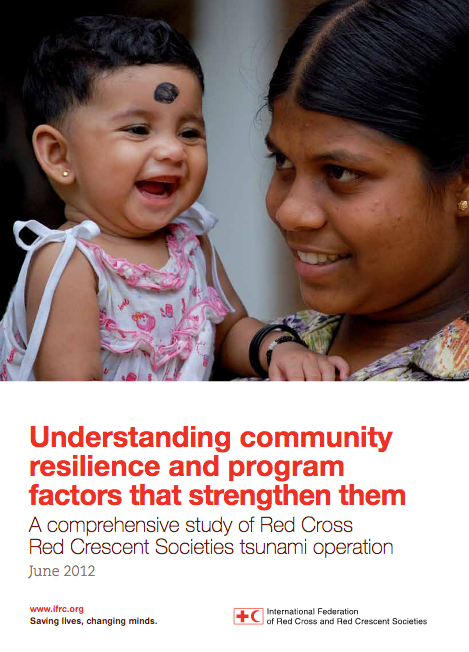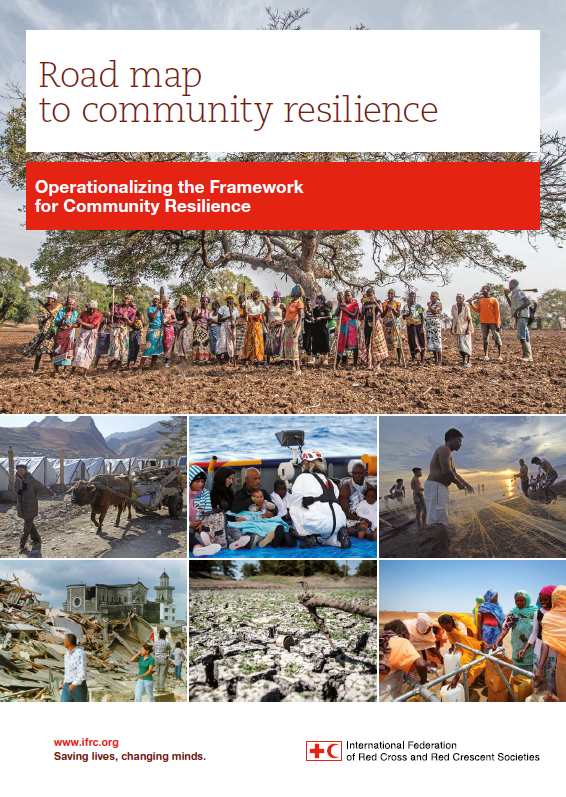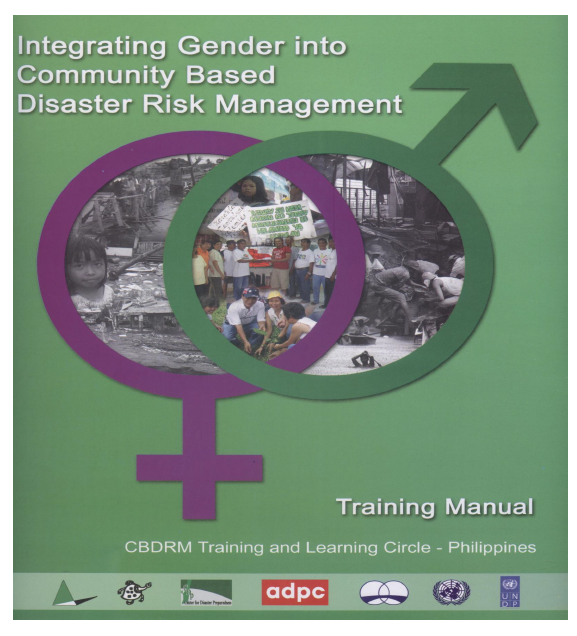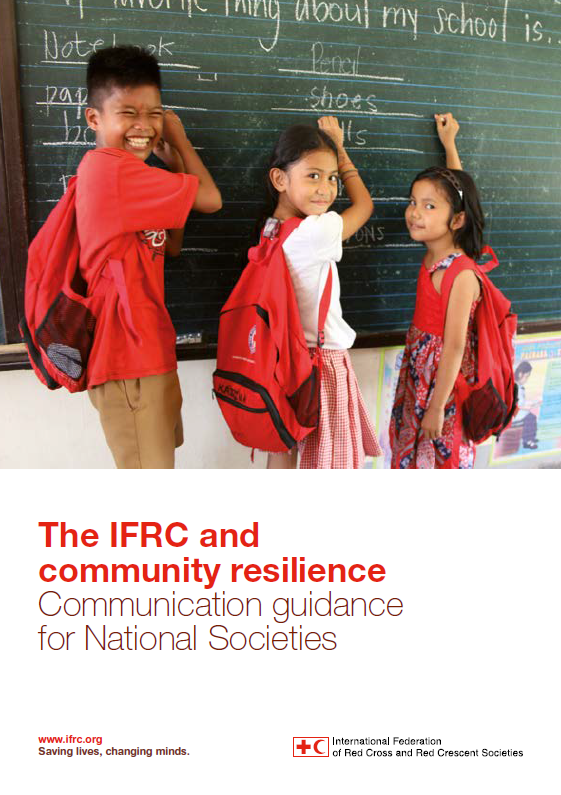Resources
74 Found

Understanding community resilience and program factors that strengthen them
Document Type: Projects and Case StudiesThe IFRC’s response and recovery operation in the af-termath of the 2004 Indian Ocean tsunami reflected the scale of what is recorded as the deadliest tsunami in history – one that swept through coastal areas of Indonesia, Sri Lanka, the Maldives, Thailand, and ten other Indian Ocean countries. Over 4.8 million people benefited from a wide range of Red Cross Red Crescent support that included reconstruction of physical infrastructure such as homes, schools and health facilities as well as long-term recovery and disaster risk reduction programming.

Global key determinants of a successful CBDRR
Document Type: Projects and Case StudiesThe International Federation of the Red Cross (IFRC), as the ‘world’s largest humanitarian and development network’ is committed to building safety and resilience through its Community Based Disaster Risk Reduction (CBDRR) programmes . As a movement the Red Cross-Red Crescent (RCRC) has significant knowledge and experience of implementing CBDRR programmes.
However, defining the aims and objectives of such programmes and the critical factors that influence their impact remains a challenge. This is particularly acute when comparing outcomes and approaches between communities, countries and regions.

Road-map to community Resilience
Document Type: ToolsIn recent years, humanitarian needs have grown at an alarming rate. The number of people dependent on humanitarian assistance has more than tripled while the cost of responding has increased five-fold. Every source of evidence suggests that human and economic losses, particularly due to climate change, will only continue to grow. If we continue a business-as-usual approach of crisis and crisisresponse, we will not be able to manage the increasing scale of the challenges. We need a paradigm shift in the way we work with communities at risk – and to act preventively to reduce exposure, vulnerability and impact at local level.

Gender in community-based Risk Management
Document Type: ToolsIntegrating gender perspective in disaster risk management initiatives and programs has been recognized as a priority concern since women and men have varying vulnerabilities and are
affected by disasters differently. Lifting from the book “Integrating Gender in CBDRM”, it was noted that gender perspective is a cross-cutting principle of the Hyogo Framework for Action 2000 – 2015 on Building Resilience of Nations and Communities to Disaster, which states that:
“A gender perspective should be integrated into all disaster risk management policies, plans and decision making processes, including those related to risk assessment, early warning, information management and education and training.”

Communication Guidance for National Societies- the IFRC and community resilience
Document Type: ToolsThe International Federation of Red Cross and Red Crescent Societies (IFRC) has developed this paper to support Red Cross and Red Crescent staff and volunteers in their communication and advocacy on community resilience. The paper explains the IFRC’s definition of and approach to building community resilience, sets out key messages, and suggests how to communicate the rationale for promoting community resilience to a broad audience. The document draws on the IFRC’s Framework for Community. Resilience and the strategy behind the One Billion Coalition
for Resilience.
